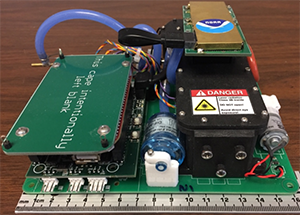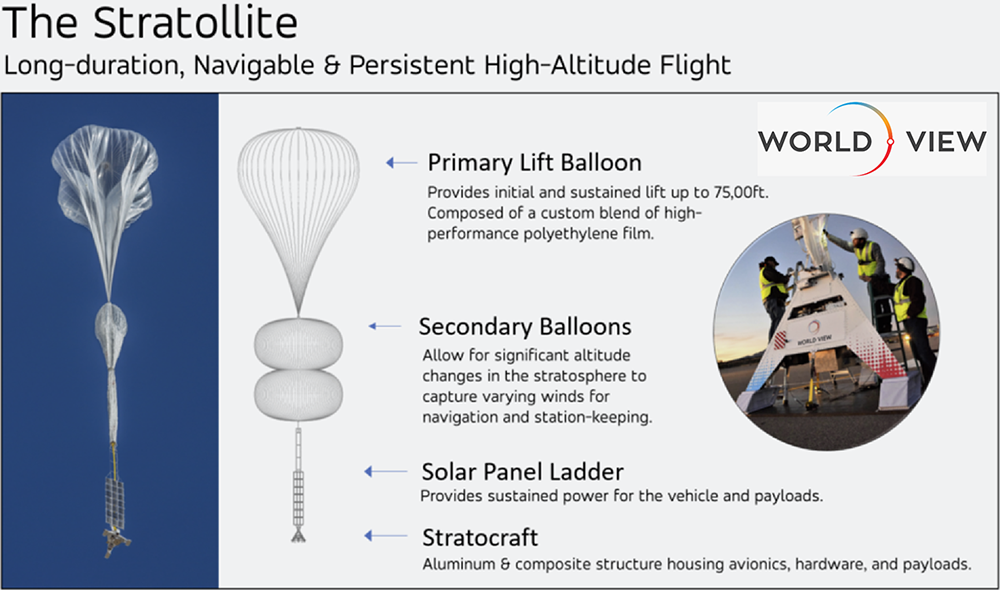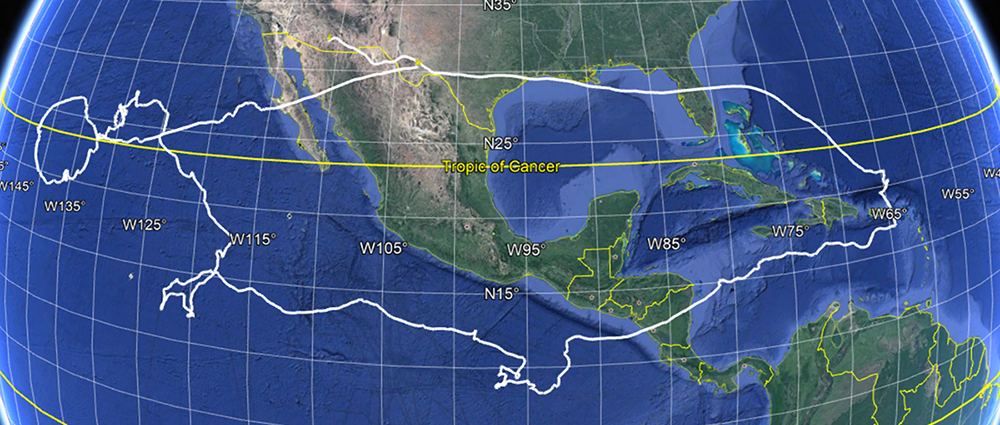Stratospheric aerosol particles play an important role in Earth's radiation budget. The climate impacts of episodic natural perturbations and the potential for future anthropogenic perturbations to the stratospheric aerosol layer motivate frequent observations over a range of latitudes. The NOAA Chemical Sciences Laboratory aims to study stratospheric aerosol under background conditions, as well following natural injections of sulfur gases and aerosols from explosive volcanic eruptions and very large fires.

The Portable Optical Particle Spectrometer (POPS), initially developed at NOAA CSL has been used to explore and monitor aerosol size distributions in the stratosphere on small weather balloons, and crewed and uncrewed aircraft since 2015. This small, lightweight, robust instrument measures particles between 140 nm - 2.5 µm in diameter.
For this project, CSL is working with World View to make the first particle size distribution measurements onboard the Stratollite. The Stratollite is World View's remotely navigated, long-endurance stratospheric platform for remote-sensing and in situ observations that operates between 15 - 23 km, primarily over the tropics and subtropics.

Recent studies have documented widespread new particle formation in the tropics under background conditions [Williamson et al., 2019], and the World View Stratollite provides extended access to this important region. POPS flights on the Stratollite will demonstrate the potential of using new observing platforms to acquire scientific data in the stratosphere for extended periods over large geographic regions.

